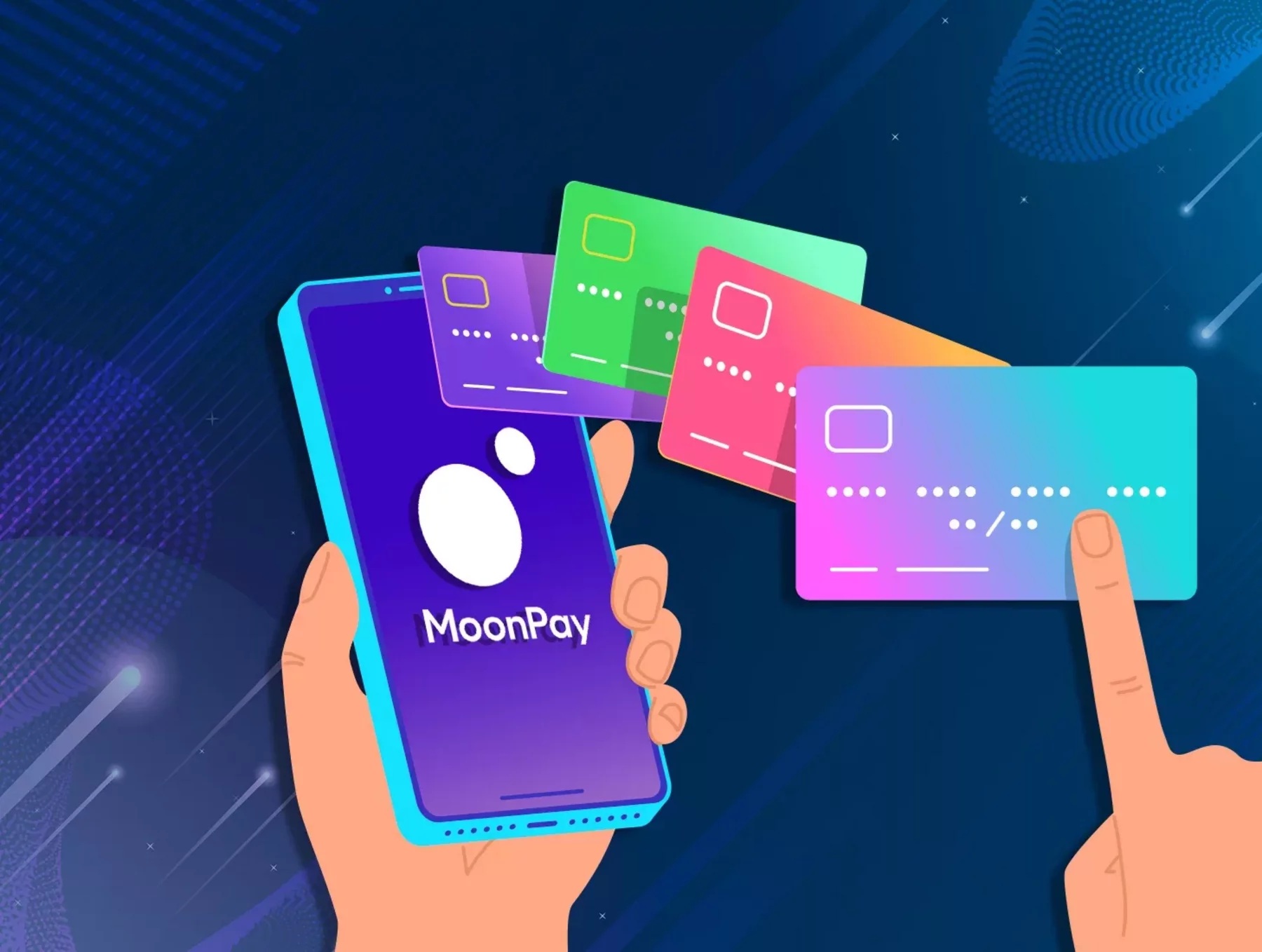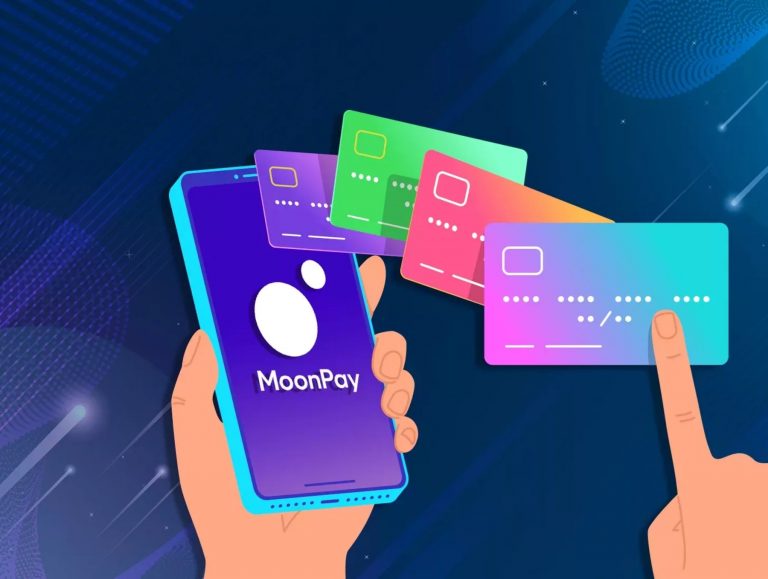Rekt Drinks x MoonPay “Moon Crush” Collab Drop Sells Out, as National Bank of Kazakhstan Launches “Evo” Stablecoin


Rekt Drinks’ limited-edition collaboration with MoonPay, the peach-raspberry flavored sparkling water called Moon Crush, completely sold out during its launch on September 19, 2025.
This drop marked a massive milestone for the Web3 beverage brand, pushing their total sales past 1 million cans in under a year since their debut in November 2024.
The drop flew off the shelves in seconds, aligning with pre-launch hype on prediction markets like Myriad, where users bet heavily on it vanishing in under 5 minutes. It built on Rekt’s track record—their first “Liquidated Lime” flavor sold 222,000 cans in less than 48 hours across 32 countries.
Buyers earned “Drank Points” redeemable for REKT tokens the brand’s meme coin, which peaked at a $583M market cap in August 2025, blending crypto incentives with real-world refreshment.
Register for Tekedia Mini-MBA edition 18 (Sep 15 – Dec 6, 2025) today for early bird discounts. Do annual for access to Blucera.com.
Tekedia AI in Business Masterclass opens registrations.
Join Tekedia Capital Syndicate and co-invest in great global startups.
Register for Tekedia AI Lab: From Technical Design to Deployment.
MoonPay, a crypto payments gateway, teamed up to bridge fiat-to-crypto users. Rekt co-founder Ovie Faruq called it a “perfect sense” collab for expanding into mainstream beverage territory, while MoonPay President Keith Grossman praised the “delicious and deeply connected” tie to crypto culture.
This success highlights Rekt’s digital-first strategy, with prior collabs (e.g., OpenSea, Base, Jupiter) driving direct-to-consumer sales via their site. It’s now expanding to retail like 7-Eleven in LA, evolving from meme coin/NFT roots into a full cultural brand with merch, events, and podcasts.
Rekt’s zero-alcohol, zero-caffeine sparkling waters are “born on the blockchain, brewed for real life”—pastel meme-art cans that scream crypto slang like “REKT” for those wrecked trades.

The rapid sell-out (seconds) and surpassing 1 million cans sold in under a year solidify Rekt Drinks as a legitimate player in the Web3 consumer goods space. It proves that blockchain-based brands can drive real-world product demand, leveraging crypto culture and token incentives.
Partnering with MoonPay, a fiat-to-crypto gateway, signals Rekt’s intent to bridge niche crypto communities with mainstream consumers. This could normalize crypto-linked products, making Web3 branding more accessible and appealing to non-crypto natives.
The “consume-to-earn” model earning tokens through purchases sets a precedent for gamifying physical product sales. This could inspire other brands to integrate tokenomics, potentially reshaping e-commerce and loyalty programs in both Web3 and traditional markets.
Selling out in seconds via a direct-to-consumer site, fueled by social media hype, highlights the power of digital-first, community-driven marketing. It suggests Web3 brands can compete with established beverage giants without heavy reliance on traditional distribution—at least initially.

Rekt’s pivot from meme coin/NFT origins to a cultural brand with merch, events, podcasts positions it as a lifestyle movement. This could attract more partnerships or investments but risks diluting its crypto-native edge if mainstream appeal overshadows its roots.
The hype-driven sell-out raises the bar for future drops. Rekt must maintain scarcity-driven excitement without alienating fans if supply issues persist. Overhype or mismanaged restocks could dampen community trust, especially with REKT token volatility peaked at $583M market cap.
Success may draw attention from traditional beverage giants (e.g., Monster, Red Bull) or inspire copycat Web3 brands. Rekt’s zero-alcohol, zero-caffeine niche gives it an edge in health-conscious markets, but scaling production and retail presence will be critical to stay competitive.
Token incentives tied to physical goods could attract regulatory attention, especially if REKT tokens are deemed securities or if consumer protections around crypto rewards are questioned. Rekt and MoonPay’s fiat-crypto integration must navigate evolving global regulations.
Overall, this sell-out validates Rekt’s model but underscores the need for strategic scaling, regulatory awareness, and sustained community engagement to maintain momentum in both Web3 and mainstream markets.
National Bank of Kazakhstan Launches “Evo” Stablecoin
The National Bank of Kazakhstan (NBK) announced the launch of a pilot project for Evo (KZTE), a stablecoin pegged 1:1 to the Kazakhstani tenge (KZT).
This initiative marks a significant step in integrating blockchain technology with traditional finance, positioning Kazakhstan as a pioneer in Central Asia’s digital asset ecosystem. The project operates within the NBK’s Digital Assets Regulatory Sandbox, which was officially launched in July 2025 to test innovative financial tools under controlled conditions.
The stablecoin is issued by Intebix a licensed digital asset exchange in the Astana International Financial Centre and Eurasian Bank. It is built on the Solana blockchain for its speed and efficiency. Mastercard is collaborating to enable global interoperability, allowing KZTE to connect with international stablecoin networks for seamless payments and exchanges.
Evo aims to bridge crypto and fiat systems by facilitating cryptocurrency exchanges, crypto-fiat conversions, and transactions via crypto-linked cards. It supports the NBK’s broader strategy to foster a national digital asset market, including potential applications in cross-border payments and public finance.
While the NBK does not directly issue the stablecoin, it provides the regulatory framework for testing. This builds on earlier sandbox admissions in July 2025, which included three tenge-backed stablecoin pilots among eight projects. The Evo pilot is the first to go live, highlighting Kazakhstan’s proactive role in stablecoin development.
In July 2025, the NBK tested over 10 use cases for its digital tenge (CBDC), including VAT refunds and sovereign wealth fund projects.
September 2025 also saw announcements for a state digital asset fund to build a crypto reserve by 2026, and pilots allowing stablecoin payments for regulatory fees.
Experts note this as one of the first instances of a central bank actively facilitating national stablecoin issuance. This development underscores Kazakhstan’s transformation from a Bitcoin mining hub to a full-fledged digital finance innovator, potentially influencing regional adoption of stablecoins.
By launching a tenge-pegged stablecoin, Kazakhstan establishes itself as a leader in Central Asia’s digital finance landscape, outpacing neighbors in blockchain adoption. The pilot bridges crypto and fiat systems, enabling seamless crypto-fiat conversions, crypto-linked card payments, and exchange operations.
This fosters trust in digital assets among traditional financial institutions and consumers. The project aligns with Kazakhstan’s broader initiatives, such as the digital tenge (CBDC) and the planned “CryptoCity” sandbox in Alatau, signaling a long-term commitment to digital innovation.
Evo could make financial services more accessible, especially for underbanked populations, by enabling low-cost, blockchain-based transactions. With Mastercard’s involvement, Evo has the potential to streamline international transactions, reducing costs and settlement times compared to traditional systems.
The pilot complements Kazakhstan’s plan to build a state digital asset fund by 2026, potentially strengthening national reserves with crypto-backed assets. The NBK’s progressive regulatory sandbox and stablecoin pilot could attract foreign investment and fintech companies to the Astana International Financial Centre (AIFC).
The NBK’s Digital Assets Regulatory Sandbox provides a controlled environment for testing, offering a potential blueprint for other countries exploring stablecoin frameworks. The pilot demonstrates a cautious yet innovative approach, with the NBK overseeing issuers (Intebix, Eurasian Bank) without directly issuing the stablecoin, minimizing risk to monetary policy.
Kazakhstan’s success could encourage neighboring countries like Uzbekistan or Kyrgyzstan to accelerate their own digital asset regulations. Using Solana’s high-speed, low-cost blockchain enhances the scalability and efficiency of Evo, potentially setting a standard for future stablecoin projects globally.
Mastercard’s collaboration ensures Evo can integrate with global payment networks, increasing its utility and adoption potential. Kazakhstan’s entry into the stablecoin market positions it alongside major players like the U.S. (USDT, USDC) and UAE (JPM Coin, AED stablecoins), but with a focus on national currency backing.
As one of the first central bank-supported stablecoin pilots in an emerging market, Evo could inspire similar projects in other developing economies, particularly those with volatile currencies. The involvement of established players like Eurasian Bank and Mastercard boosts credibility, potentially encouraging wider adoption among businesses and consumers.
While the sandbox mitigates risks, scaling Evo beyond the pilot phase could face challenges related to compliance, anti-money laundering (AML), and know-your-customer (KYC) requirements. Public and business uptake may be slow due to limited crypto literacy or skepticism about stablecoin stability.
The Evo stablecoin pilot positions Kazakhstan as a forward-thinking player in the global digital finance landscape. It has the potential to enhance financial inclusion, streamline cross-border payments, and attract investment, while setting a regulatory precedent for stablecoin adoption.
However, its success will depend on effective scaling, public adoption, and navigating global competition. The project’s outcomes could shape not only Kazakhstan’s financial future but also influence digital asset strategies across emerging markets.





